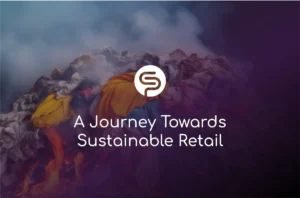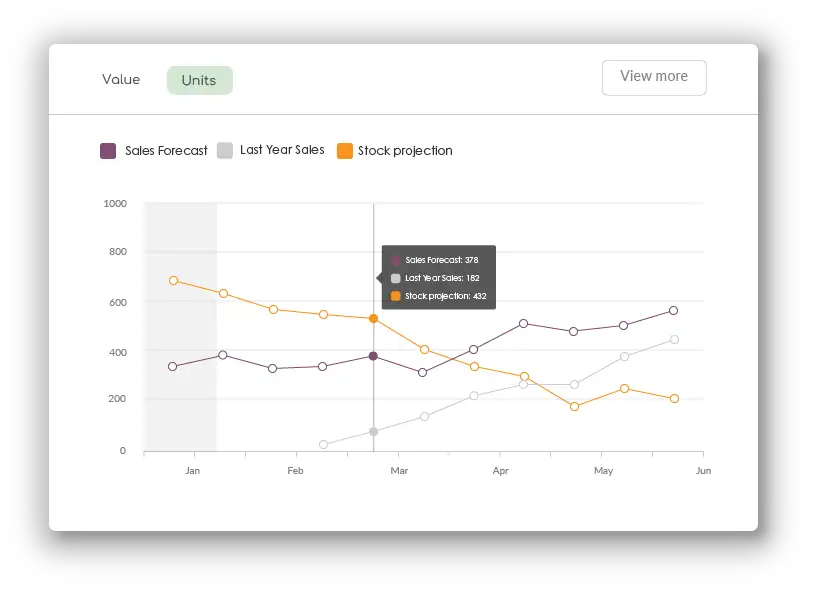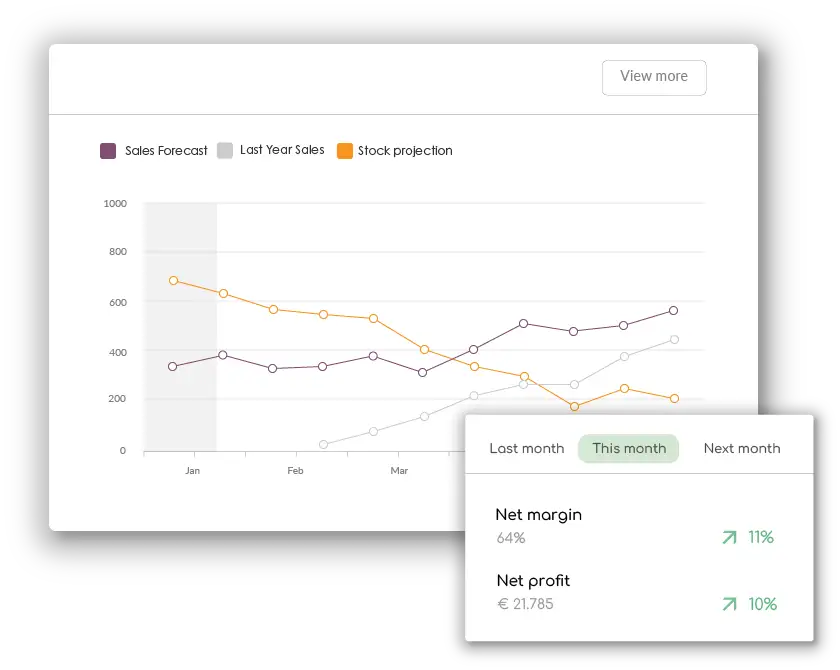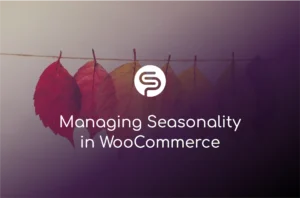

Short Term Demand Forecasting for WooCommerce
Understand trends and changes in customer behaviour better and improve sell through with short term demand forecasting.Many retailers have seen significant demand variation over the past few years as supply shortages and price increases lead to increasingly irregular consumer purchasing behaviour.
Merchants are now concentrating more on adjusting to the error in their predictions in these market conditions rather than perfecting their long-term forecast.
Table of Contents
What is short term demand forecasting?
Short-term demand forecasting is a methodology that is assisting merchants with this emphasis on agility.
Demand Sensing, also referred to as short-term forecasting, is a common strategy that makes use of machine learning and data streams that are nearly real-time to provide more precise short-term forecasts. Retailers who make important operational choices, such allocation or distribution, within three to ten weeks of the demand benefit the most from short-term predictions.
To predict future demand for goods and services, a type of data analysis called demand forecasting is used.
As broad as that may sound, it means that depending on your goals, the data you have available, and the types of demand your products experience, demand forecasting is a technique that can be quite flexible. And this is where forecasting of short-term demand is useful.
Short-term Demand Forecasting is typically used to estimate demand for periods of 0 to 3 months at a time since Demand Forecasting can vary depending on how far into the future you want to forecast for at a given moment.
The goal of the prediction and the business’s operating cadence can further stratify this.

Demand Sensing is typically categorised with short-term forecasting, and primarily utilised for forecasting on an hourly or daily scale up to 10 weeks in the future.
Why do you need it?
As we previously mentioned, short-term Demand Forecasting can be utilized to accomplish a variety of tasks in the near term, including creating strategies to enhance sales and organizing your product distribution. And these can be divided into two main categories:
- Think of tactical forecasting as short-term capacity planning and inventory management.
- Operational forecasting entails scheduling transportation and production as well as the deployment of goods.
Operational forecasts are created for periods ranging from an hour to a few days at a time, whereas tactical forecasting is typically done on a monthly or weekly basis. Monthly and weekly predictions might be important for promotion planning in addition to tactical forecasting.
Additionally, you may be able to take into account things with short-term forecasting that you couldn’t with long-term forecasting. You can incorporate variables from sources where the data is most accurate in the short term, such as foot traffic, weather information, and other sources. Additionally, it can be particularly helpful for predicting demand during or after major events, such as financial crises, natural disasters, and pandemics.
Consider a store that will be selling office supplies including stationery and equipment during COVID-19. You can examine POS sales data, customer orders, website traffic, or any other indicators that are available and capture changes in consumer behavior to understand how your customers have been impacted by the pandemic (and what it will do to your demand).
You can also combine this with COVID-related information, such as information on virus trajectories, lockdown times, and other macroeconomic factors, to get a sense of what might occur in the near future.
You might notice from this that demand for headphones and webcams begins to increase at the beginning of lockdown periods (and the onset of video conferencing and other joys of working from home). When determining how much of a product to transport to different locations, this information can be helpful. Incorporating this data into your short-term forecasts can improve the predictive power of your models, especially when these events cause significant disruptions and render all of your previous sales history meaningless, whether it be COVID-19, a financial crisis, or any other significant event.
Additionally, making short-term forecasts at these occasions can allow you the flexibility to act quickly as circumstances change.
What You Need & Challenges to Expect
It can be a challenging and risky undertaking to provide reliable short-term forecasts. Fortunately for you, there are several tools and tips that we’ve learned while traveling that you may purchase for a fee (but, we only accept time spent reading this article and witty comments as payment).
The key thing that you’ll need to create short-term forecasts (or any kind of forecast, really) is data. The bulk of your data is probably going to be historical sales data, but you can also include:
- Web analytics
- Environmental data
- Historical shipments and future orders
- Competitor pricing
- Mobility data
In general, you want to include information that can be utilised to spot patterns and trends in the demand for your goods. When making your forecasts, for instance, you’ll need to take into account seasonality, promotional effects, and even causal factors like price or the weather. If you’re using statistical methods, you can either incorporate these factors into your forecast or use software (like Shelf Planner’s Demand Forecasting platform) to handle that for you.
However, there are drawbacks to relying so much on data. You must specifically make sure that the data you use is accurate, trustworthy, and pertinent to the demand projections you are creating. This reduces the noise in your data and minimizes the inaccuracies that can result from dealing with unclean data, making your forecast simpler to understand and more practical to implement.
Additionally, keep in mind that if you utilize your data for a longer period of time than it is accurate for, it will be less valuable. For instance, using a weather forecast for a specific week can be helpful for forecasting during that week, but if you continue to use it after that week has actually passed, it loses its usefulness. You should make sure that your data is updated frequently to avoid this problem.
Even if short-term forecasting is interesting and helpful, concentrating all of your efforts on it at the expense of mid- and long-term planning increases the danger of supply chain breakdowns.

Final thoughts
Demand Forecasting will be your greatest option for figuring out and anticipating what your customers want and will do as long as the world around us is subject to change.
You can make wise judgments to satisfy consumer expectations and turn a profit by incorporating short-term forecasting into your business.
Why not browse through some of our case studies to learn how we’ve applied demand forecasting to boost stock availability and enhance forecast accuracy. For the most recent articles about AI, visit our Shelf Life blog. When you’ve satisfied your thirst for information and are prepared to advance your Demand Forecasting approach, contact us here.





